
Are you tired of high - maintenance gardening methods that consume a lot of time and energy? Look no further than hügelkultur, a centuries - old gardening technique that offers a plethora of benefits with minimal upkeep. In this article, we'll explore what hügelkultur is, its advantages, and provide you with step - by - step instructions to create your very own hügelkultur garden.
Hügelkultur is a German term that literally means "hill culture." It is a form of raised bed gardening where you build mounds using decaying wood, branches, leaves, and other organic materials. These mounds are then covered with soil, creating a self - sustaining ecosystem that provides nutrients and moisture to your plants over time.
The concept behind hügelkultur is based on the natural decomposition process. As the wood and organic matter inside the mound break down, they release nutrients into the soil, improving its fertility. Additionally, the decaying wood acts as a sponge, absorbing and retaining water, which reduces the need for frequent watering.
One of the primary benefits of hügelkultur is its ability to enhance soil fertility. As the organic materials decompose, they release nitrogen, phosphorus, potassium, and other essential nutrients into the soil. This creates a rich, loamy soil that is ideal for plant growth. Over time, the soil in a hügelkultur bed becomes more fertile and productive, allowing you to grow healthy, vibrant plants without the need for excessive fertilizers.
Hügelkultur beds are excellent at retaining water. The decaying wood inside the mound acts as a reservoir, absorbing water during rainy periods and slowly releasing it to the plants as needed. This reduces the frequency of watering, especially during dry spells. In addition, the mulch on top of the mound helps to prevent evaporation, further conserving water.
Once a hügelkultur bed is established, it requires very little maintenance. The decomposition process is self - sustaining, and the soil structure improves over time. You don't need to till the soil regularly, as the earthworms and other beneficial organisms in the bed will naturally aerate it. All you need to do is add a layer of compost or mulch on top of the bed each year to keep the nutrients flowing.
The large volume of organic matter in a hügelkultur bed acts as an insulator, keeping the soil warmer in the winter and cooler in the summer. This can extend the growing season, allowing you to plant earlier in the spring and harvest later in the fall. It also provides a more stable environment for your plants, protecting them from extreme temperature fluctuations.
Select a sunny spot in your garden for your hügelkultur bed. Most plants require at least 6 - 8 hours of sunlight per day, so choose a location that gets plenty of sun. Make sure the area is level and free of weeds.
You'll need a variety of organic materials to build your hügelkultur bed. Start with large logs or branches for the base. These will provide the structure for the mound. Then, collect smaller branches, twigs, leaves, grass clippings, and other organic debris. You'll also need soil or compost to cover the mound.
Lay the large logs or branches in a pile in the chosen location. Arrange them in a way that creates a stable base. You can criss - cross the logs to make the structure more secure. The base should be about 2 - 3 feet high and as wide as you want your bed to be.
On top of the base, add layers of smaller branches, twigs, leaves, and grass clippings. Alternate between different types of materials to create a diverse ecosystem. Each layer should be about 6 - 8 inches thick. As you add the layers, water them well to help with the decomposition process.
Once you've built up the mound to your desired height (usually about 3 - 4 feet), cover it with a layer of soil or compost. The soil should be at least 6 - 12 inches thick to provide a good growing medium for your plants. Smooth out the top of the mound and shape it into a gentle slope.
After the soil has settled for a few weeks, you can start planting your garden. Choose plants that are suitable for your climate and soil conditions. You can plant directly into the hügelkultur bed or use containers on top of it. Water your plants regularly until they are established.
By following these steps, you can create a beautiful and productive hügelkultur garden that will provide you with fresh, organic produce for years to come. So, roll up your sleeves and give this low - maintenance gardening technique a try!
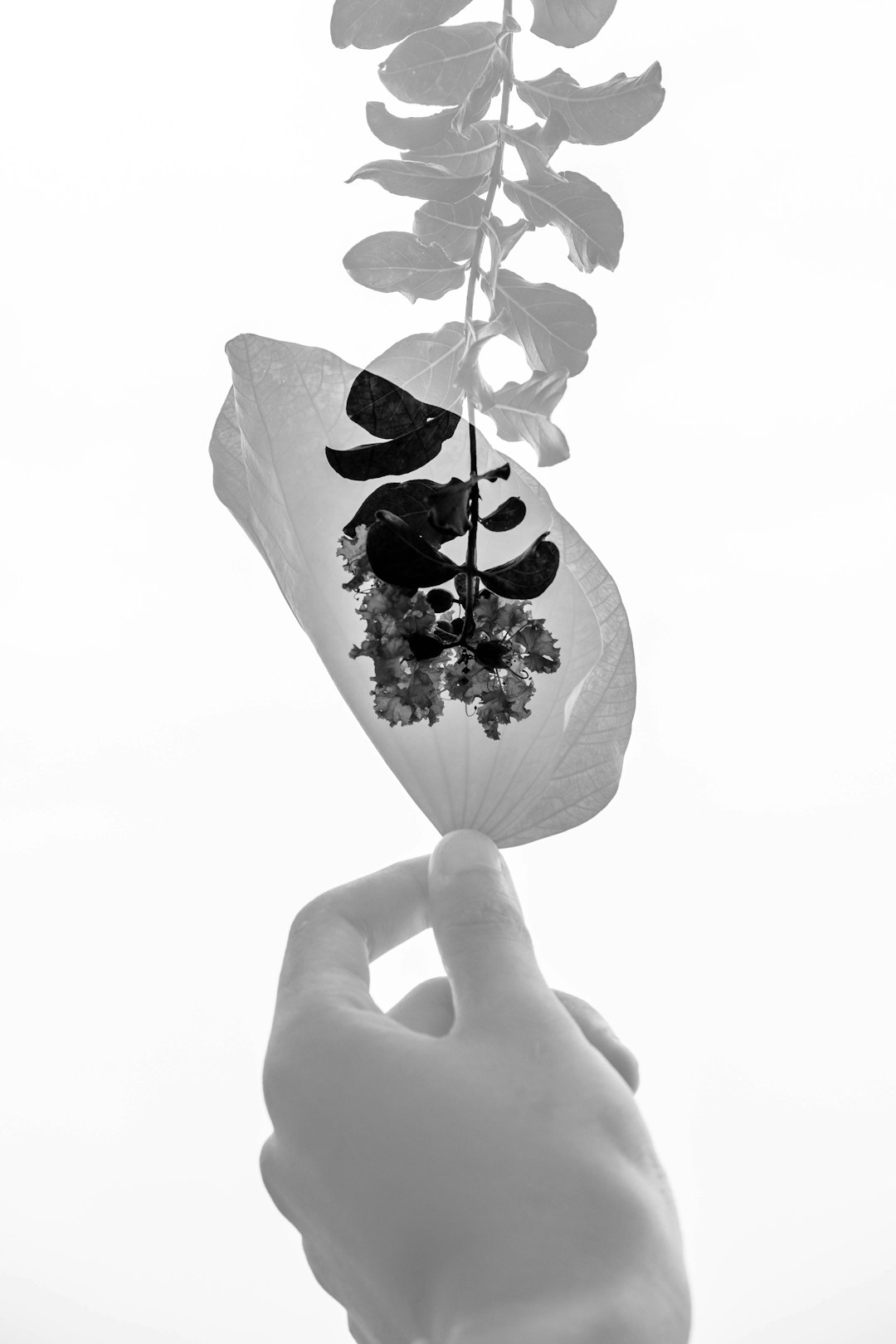
The Secret to Squirrel - Free Potted Plants
The Secret to Squirrel - Free Potted Plants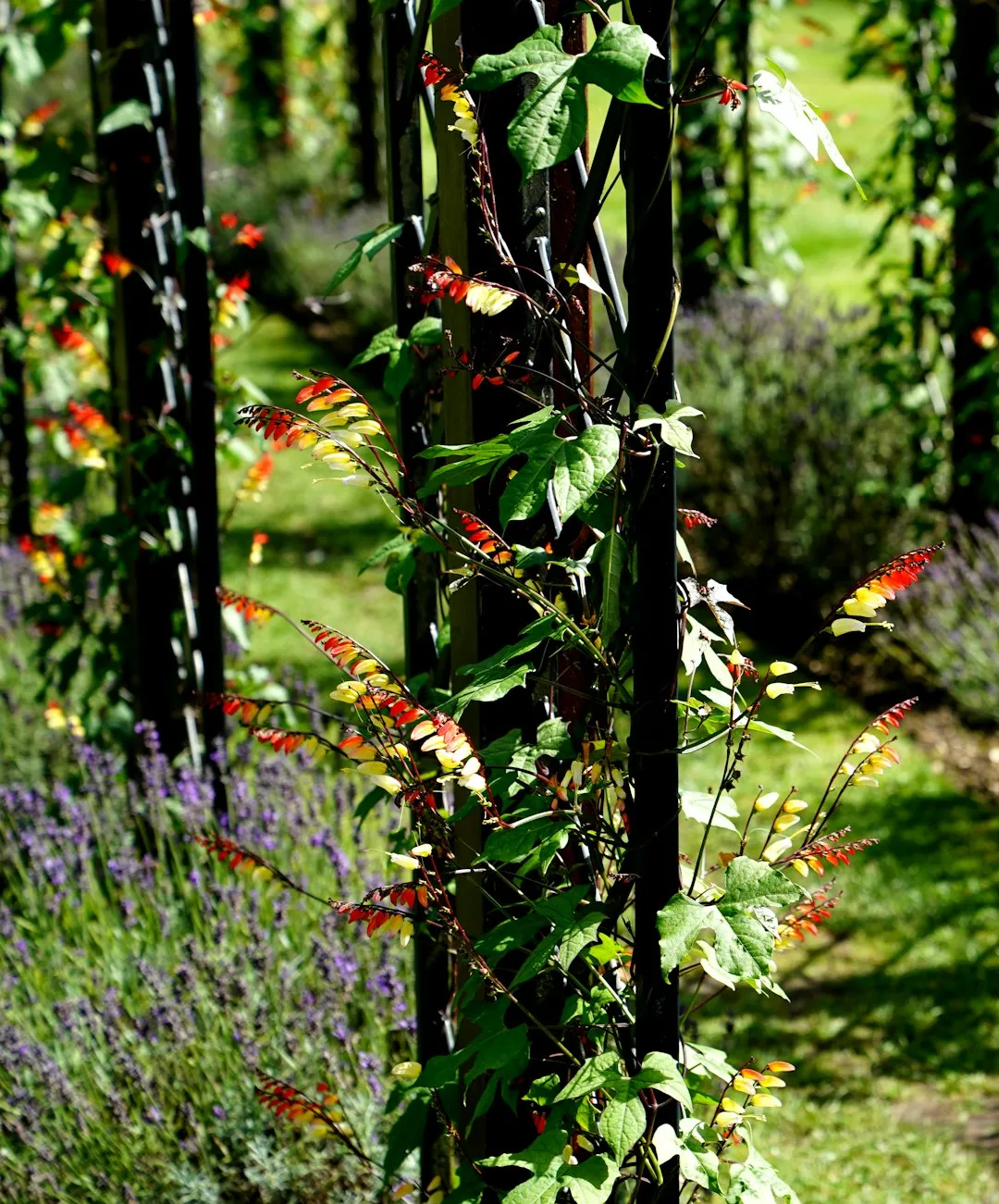
Sweet Rewards: Cultivating Berries in Containers
Sweet Rewards: Cultivating Berries in Containers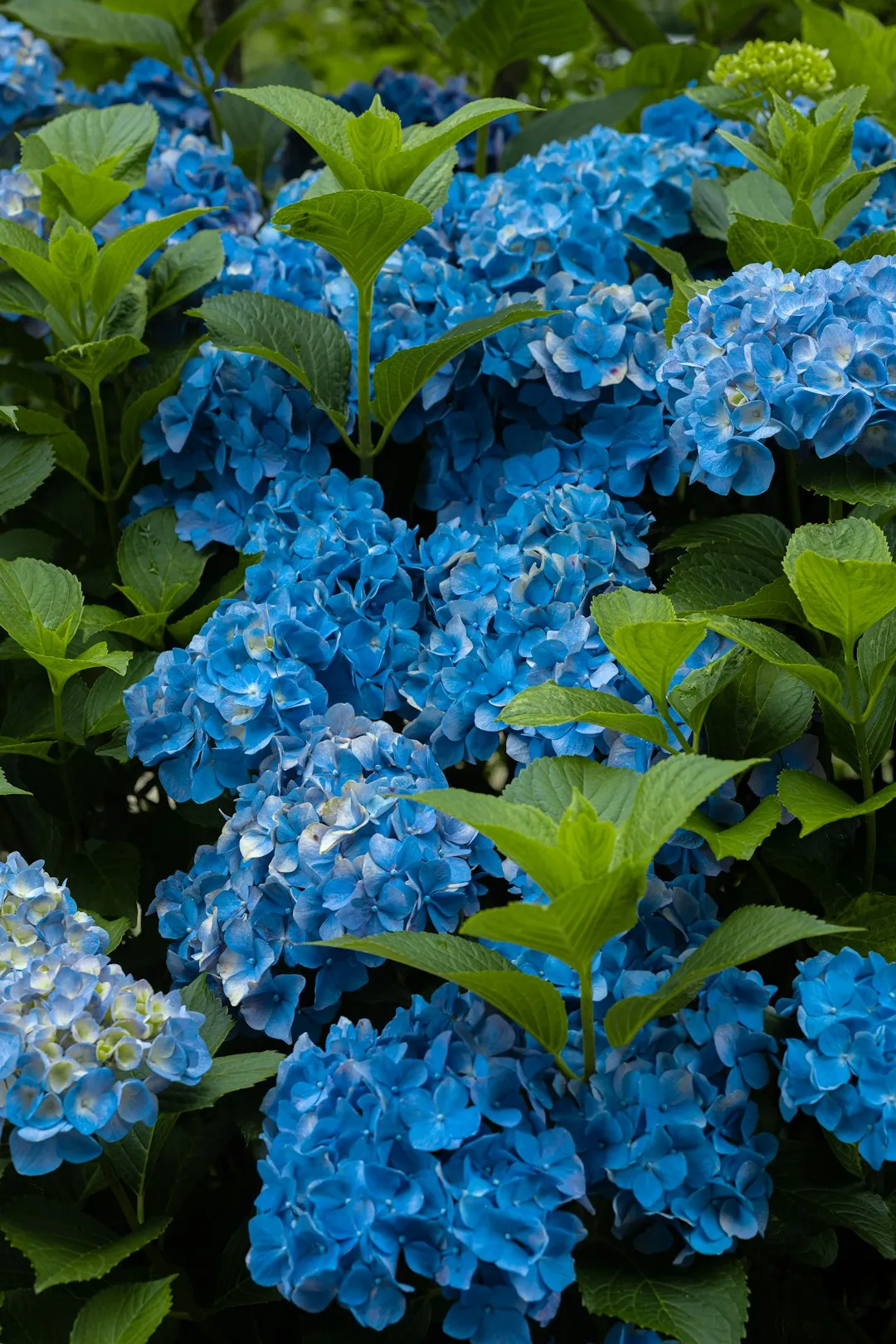
Unveiling the Secrets of a Stunning Lawn
Unveiling the Secrets of a Stunning Lawn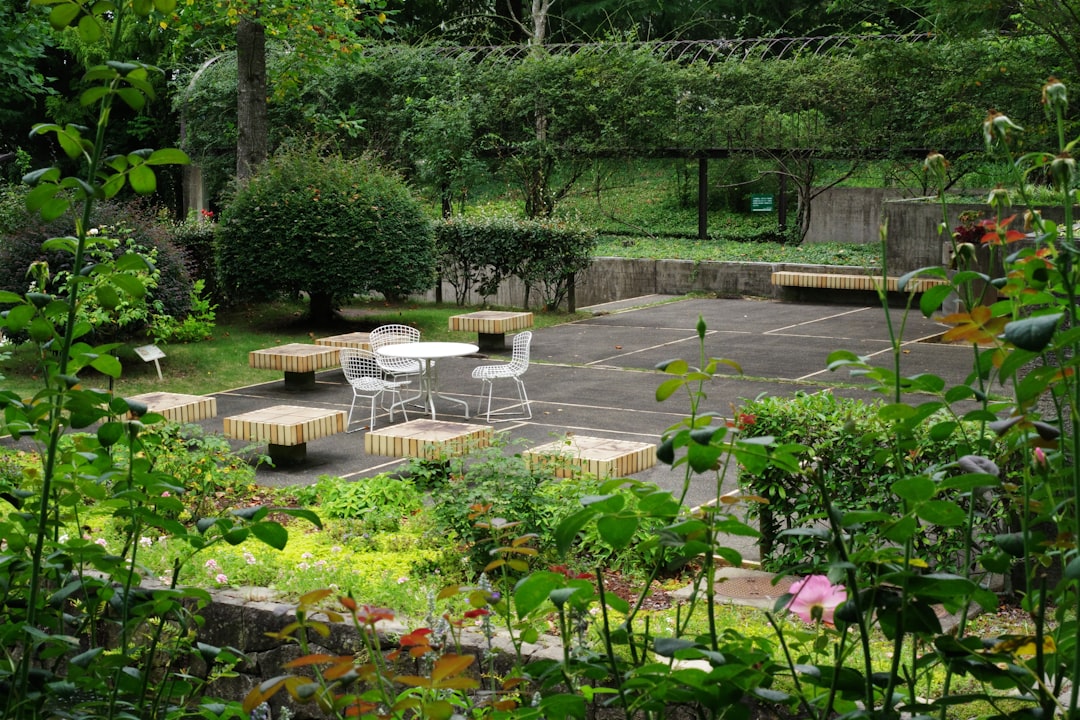
Fall Lawn Maintenance: The Key to a Healthy Yard in Winter
Fall Lawn Maintenance: The Key to a Healthy Yard in Winter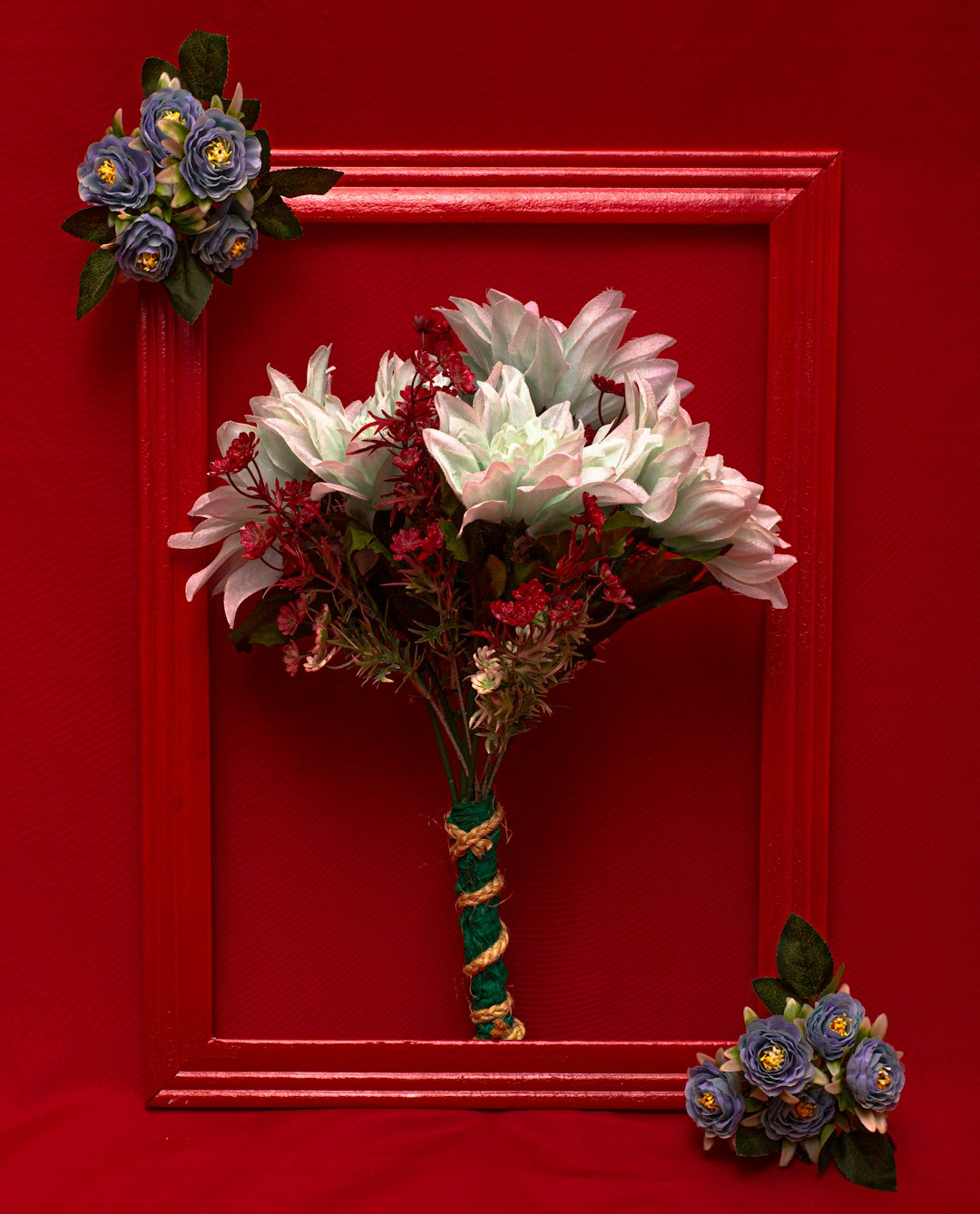
The Secret to Soil Amendment Without Uprooting Your Plants
The Secret to Soil Amendment Without Uprooting Your Plants
Unleash Your Garden's Potential: The Art of Seed Collection
Unleash Your Garden's Potential: The Art of Seed Collection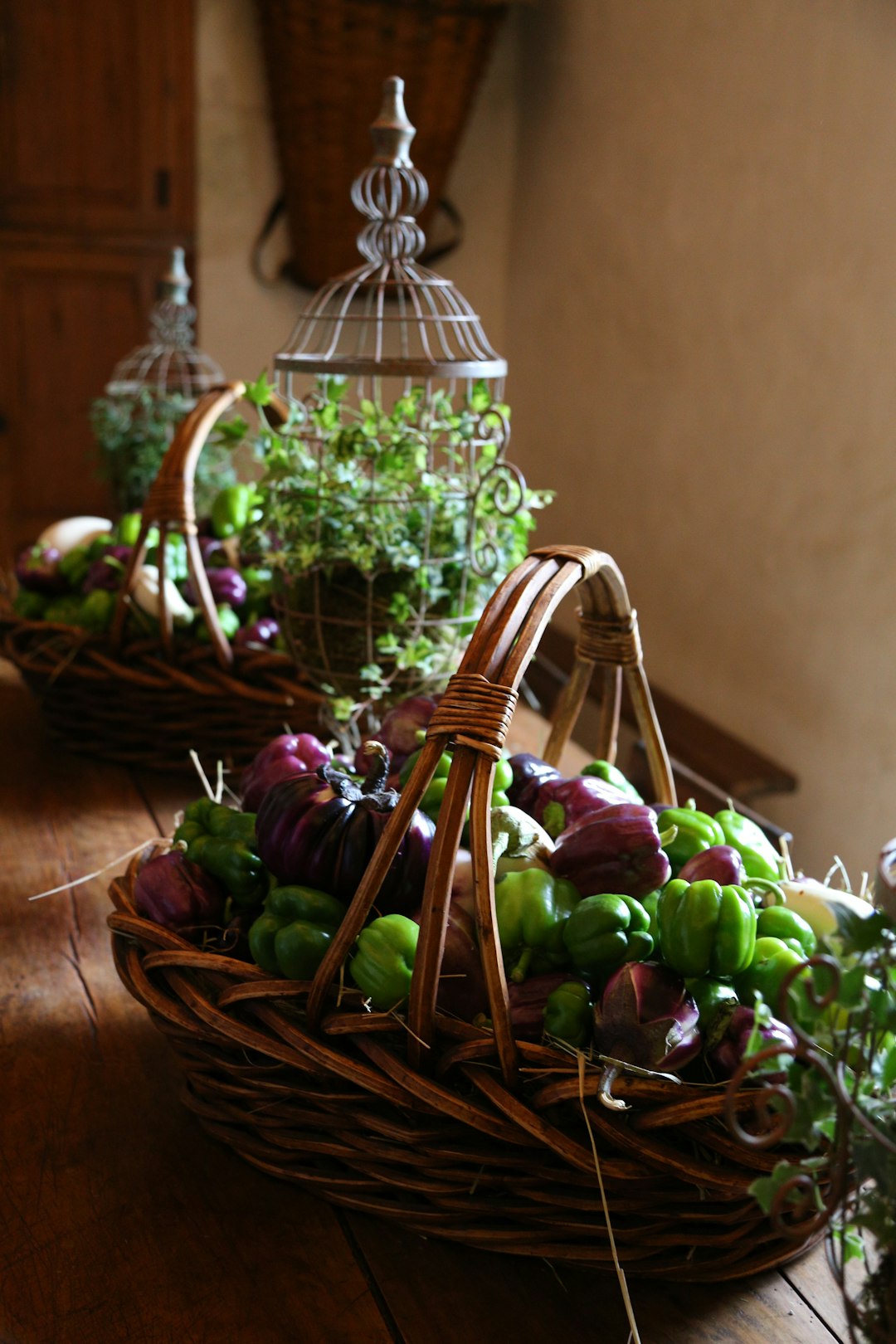
Pre - Summer Yard Care Essentials
Pre - Summer Yard Care Essentials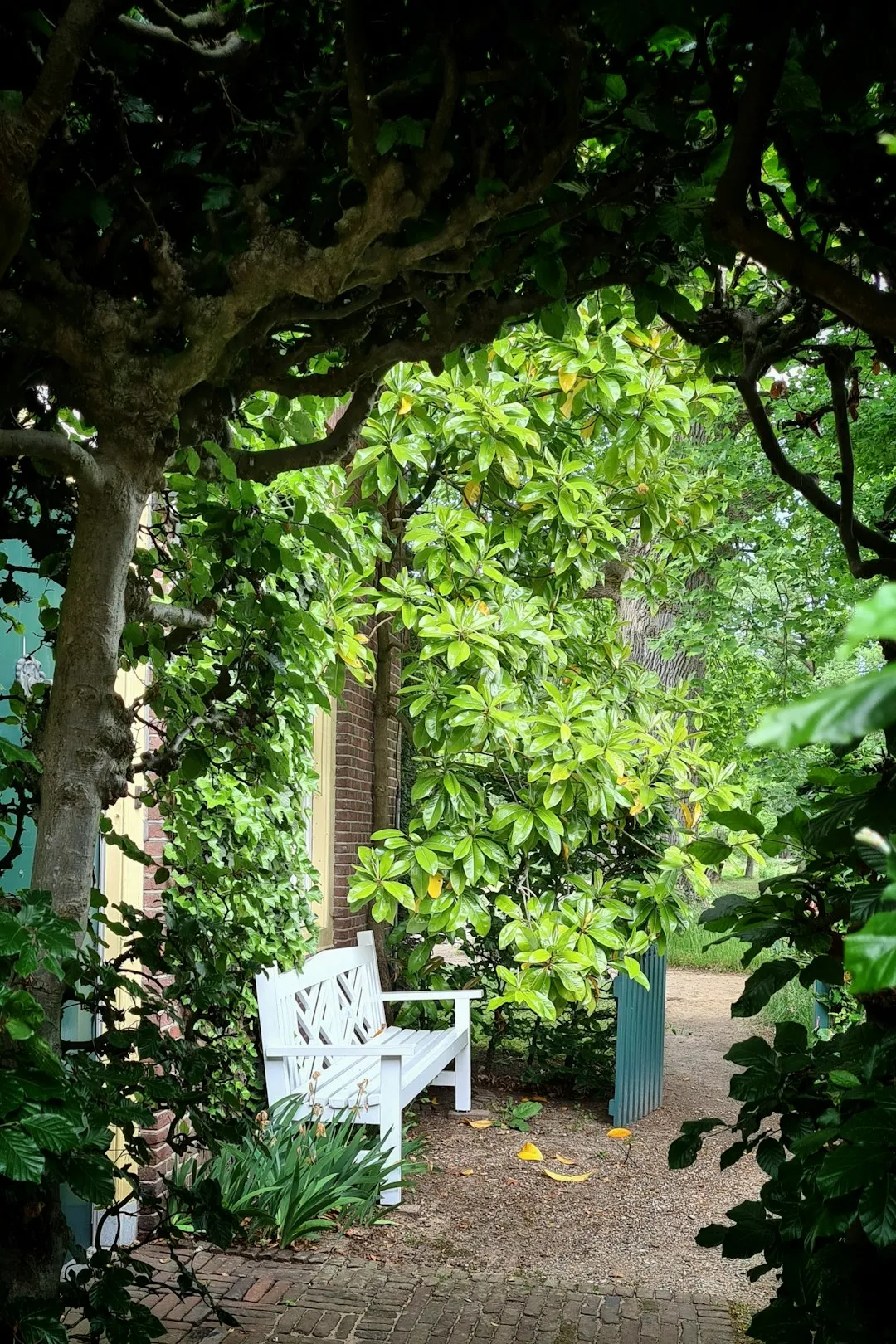
Weathering the Storm: Nurturing Your Garden in Extreme Conditions
Weathering the Storm: Nurturing Your Garden in Extreme Conditions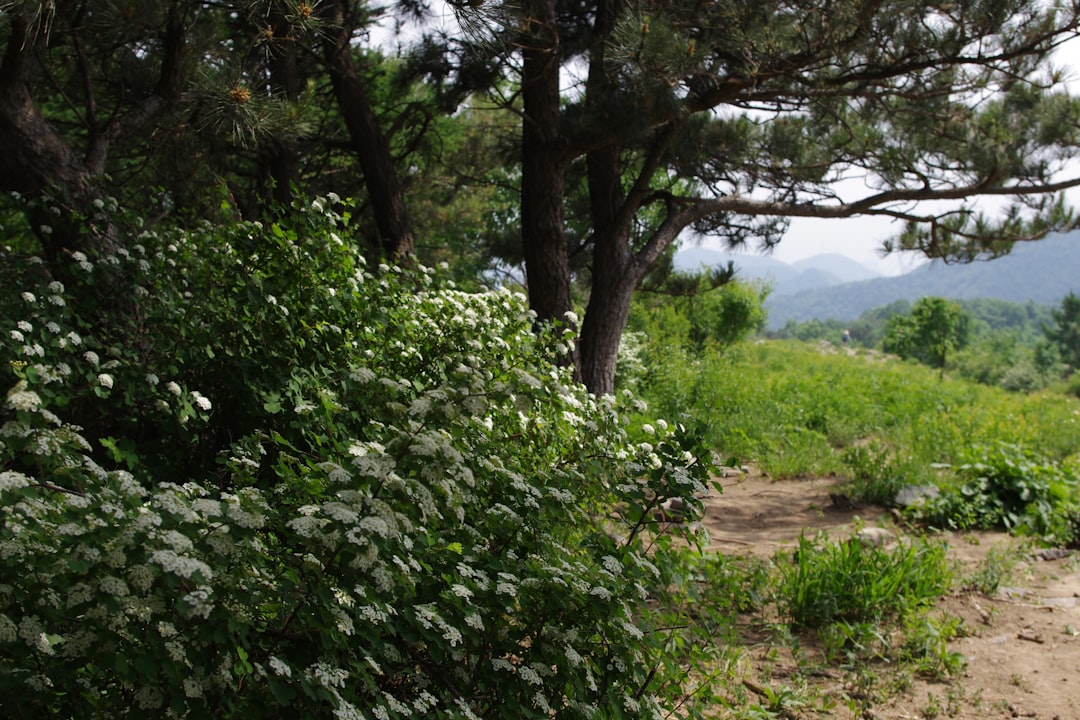
Summer Pruning: The 10 Flowering Plants to Leave Alone
Summer Pruning: The 10 Flowering Plants to Leave Alone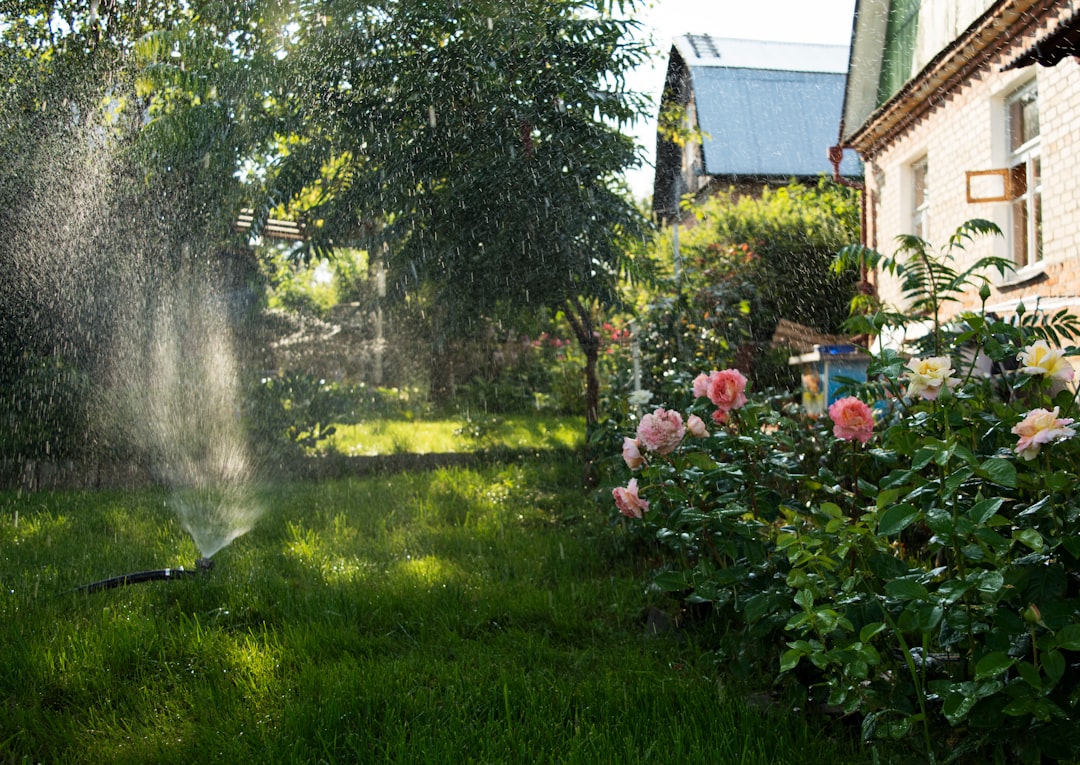
Unveiling the Hidden Gems of Perennial Gardening
Unveiling the Hidden Gems of Perennial Gardening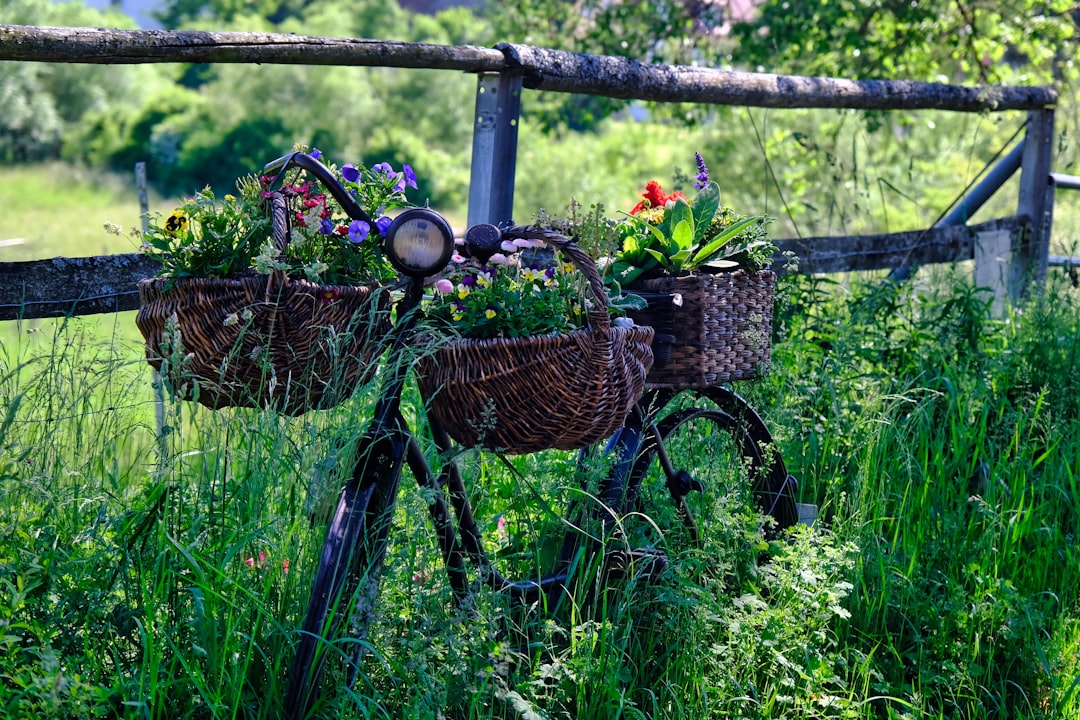
Unleashing the Beauty of Perennial Black - Eyed Susans in Your Garden
Unleashing the Beauty of Perennial Black - Eyed Susans in Your Garden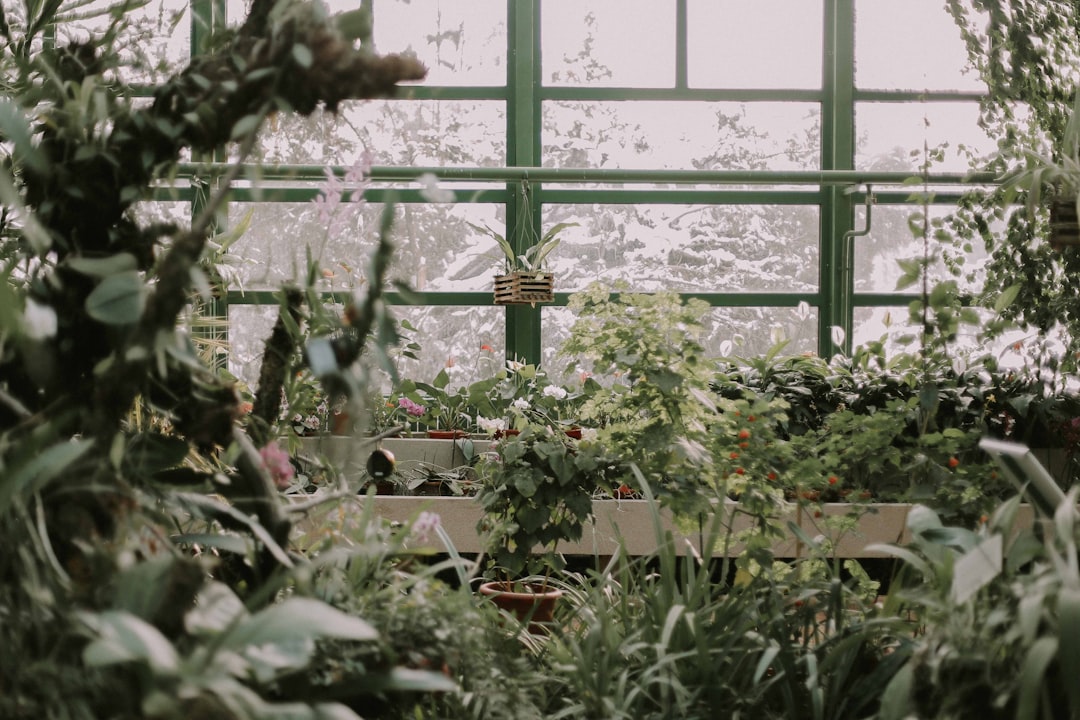
Unveiling the Secrets of Trillium Growth
Unveiling the Secrets of Trillium Growth
The All - Season Charm of Sedum Plants
The All - Season Charm of Sedum Plants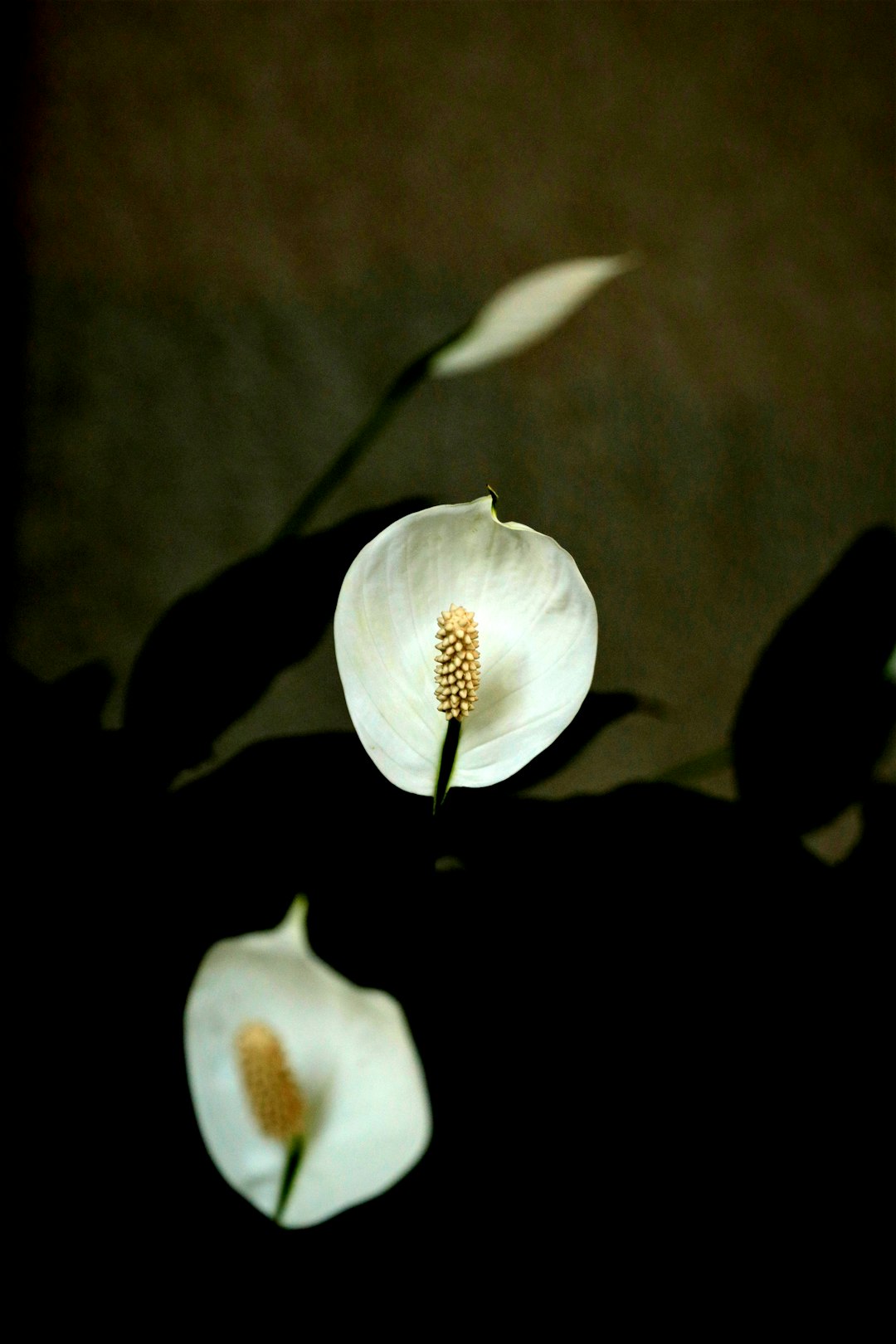
Banishing Snakes from Your Yard: Simple Solutions
Banishing Snakes from Your Yard: Simple Solutions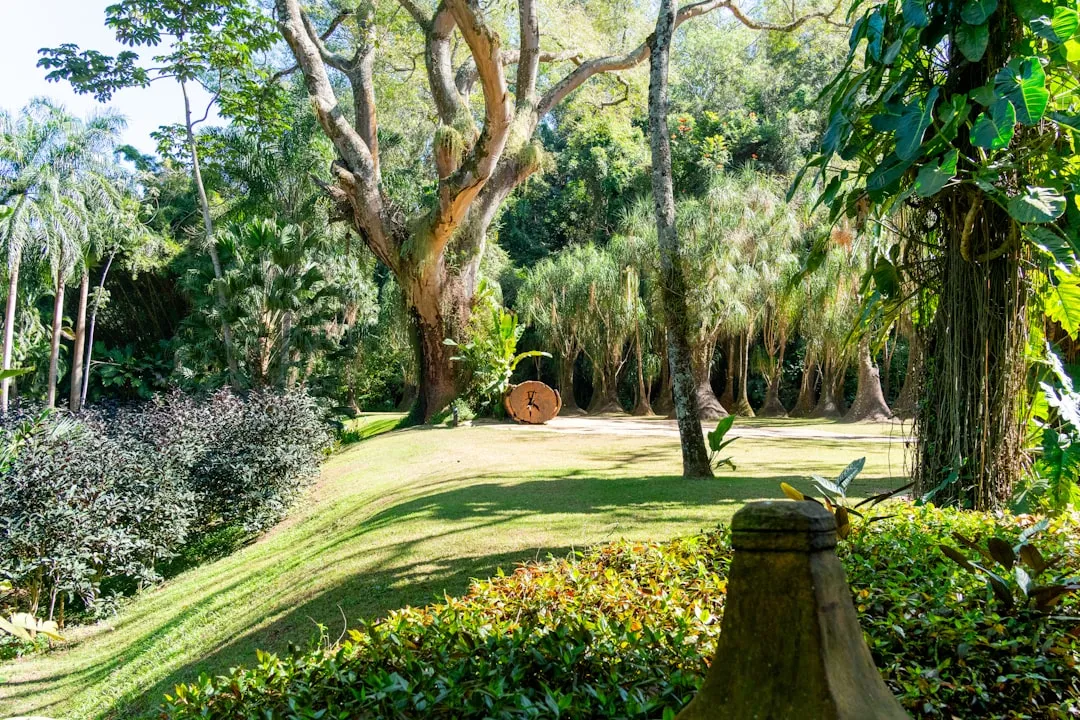
Secrets to a Bug - Free Garden: Conquering Squash Bugs Naturally
Secrets to a Bug - Free Garden: Conquering Squash Bugs Naturally
Transform Your Yard: Banish Crabgrass for Good
Transform Your Yard: Banish Crabgrass for Good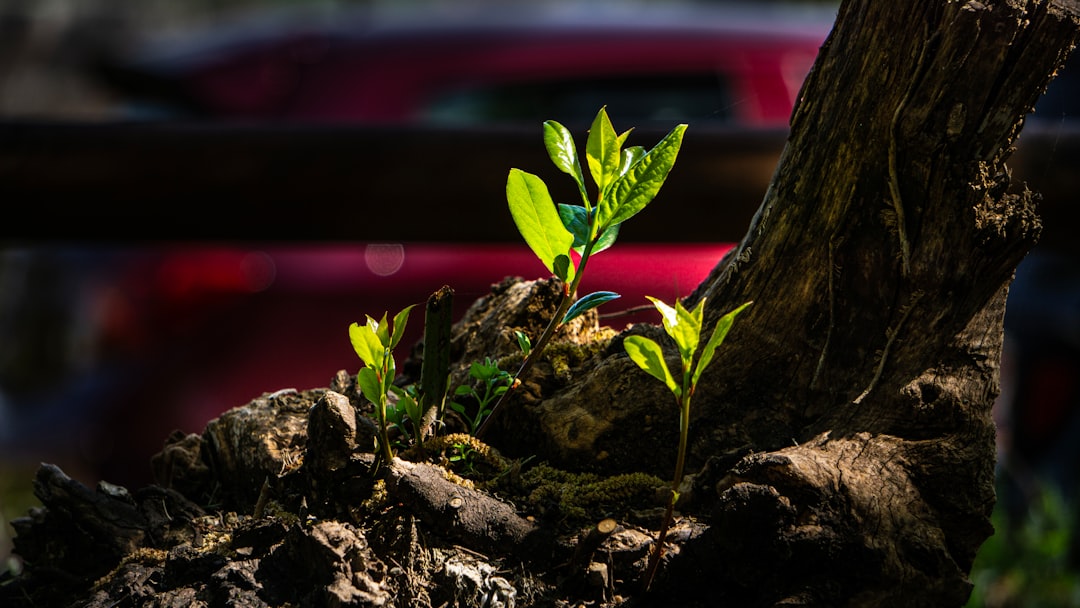
Unveiling the Wonders of a Low - Sun Garden
Unveiling the Wonders of a Low - Sun Garden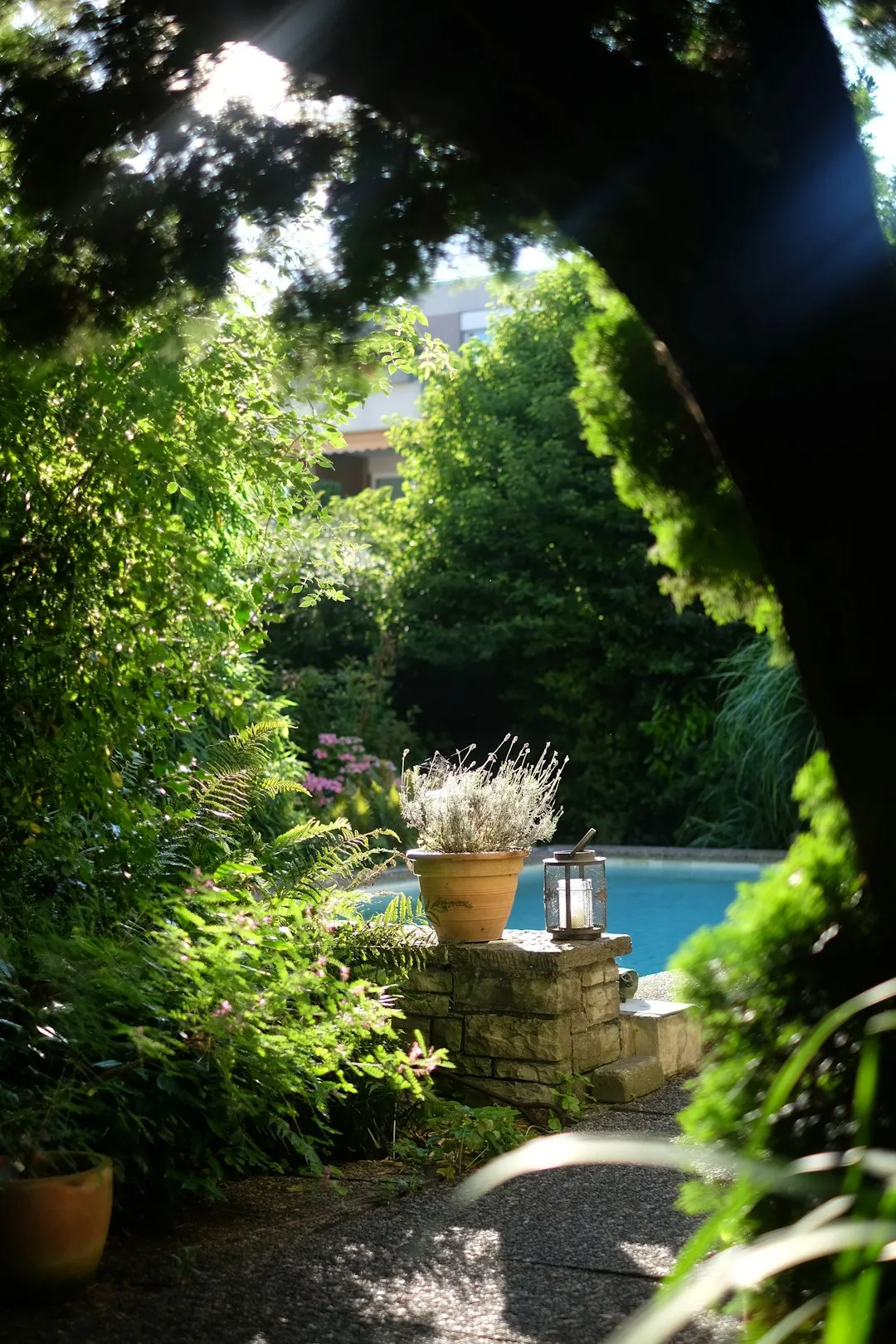
Unleash Your Garden's Potential: The Magic of Lasagna Gardening
Unleash Your Garden's Potential: The Magic of Lasagna Gardening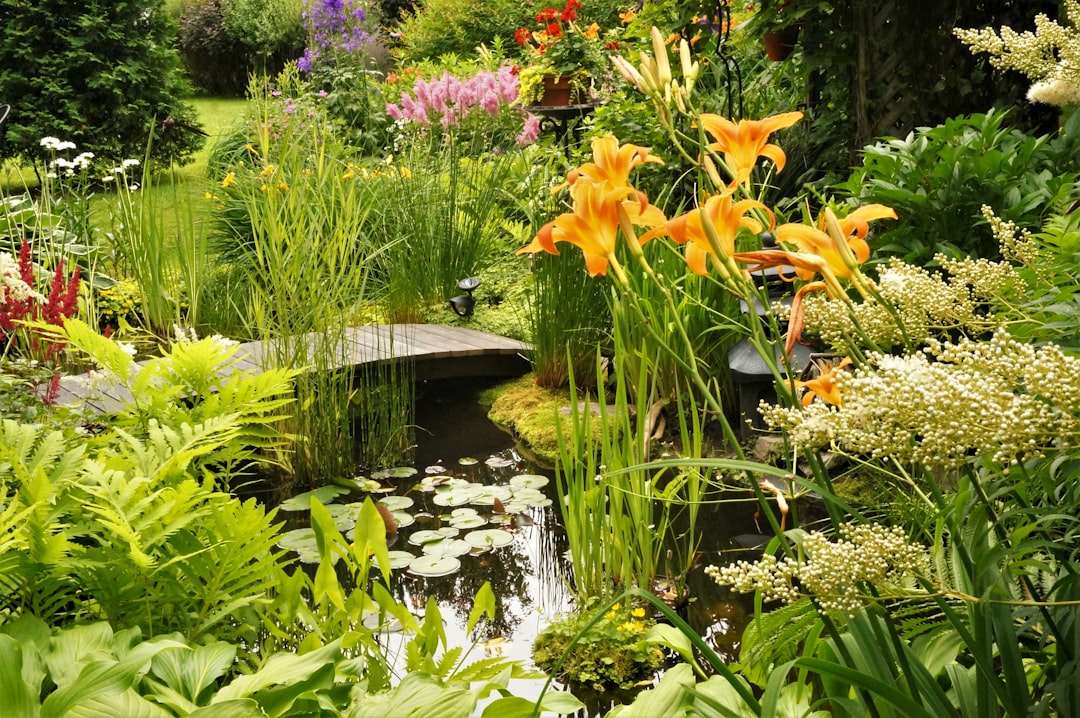
Unveiling the Mysteries of Lunar Gardening
Unveiling the Mysteries of Lunar Gardening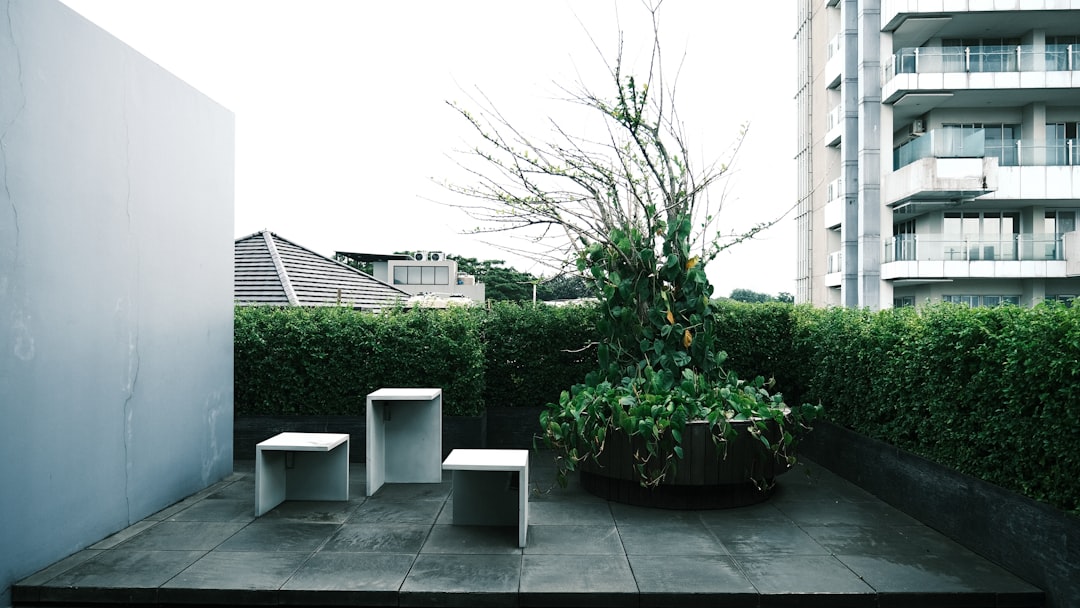
Unleash Your Inner Herbalist: A Guide to Indoor Herb Gardening
Unleash Your Inner Herbalist: A Guide to Indoor Herb Gardening